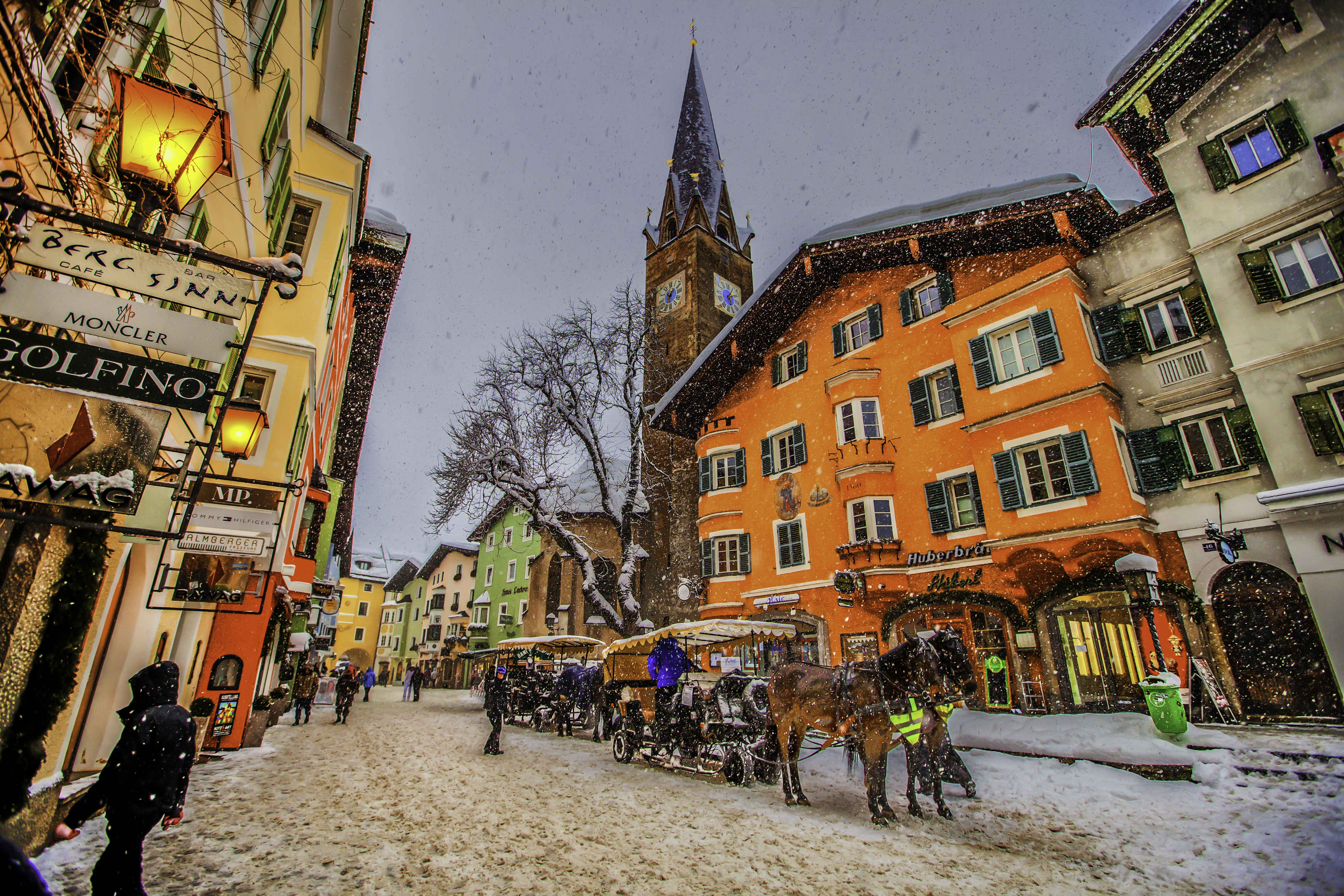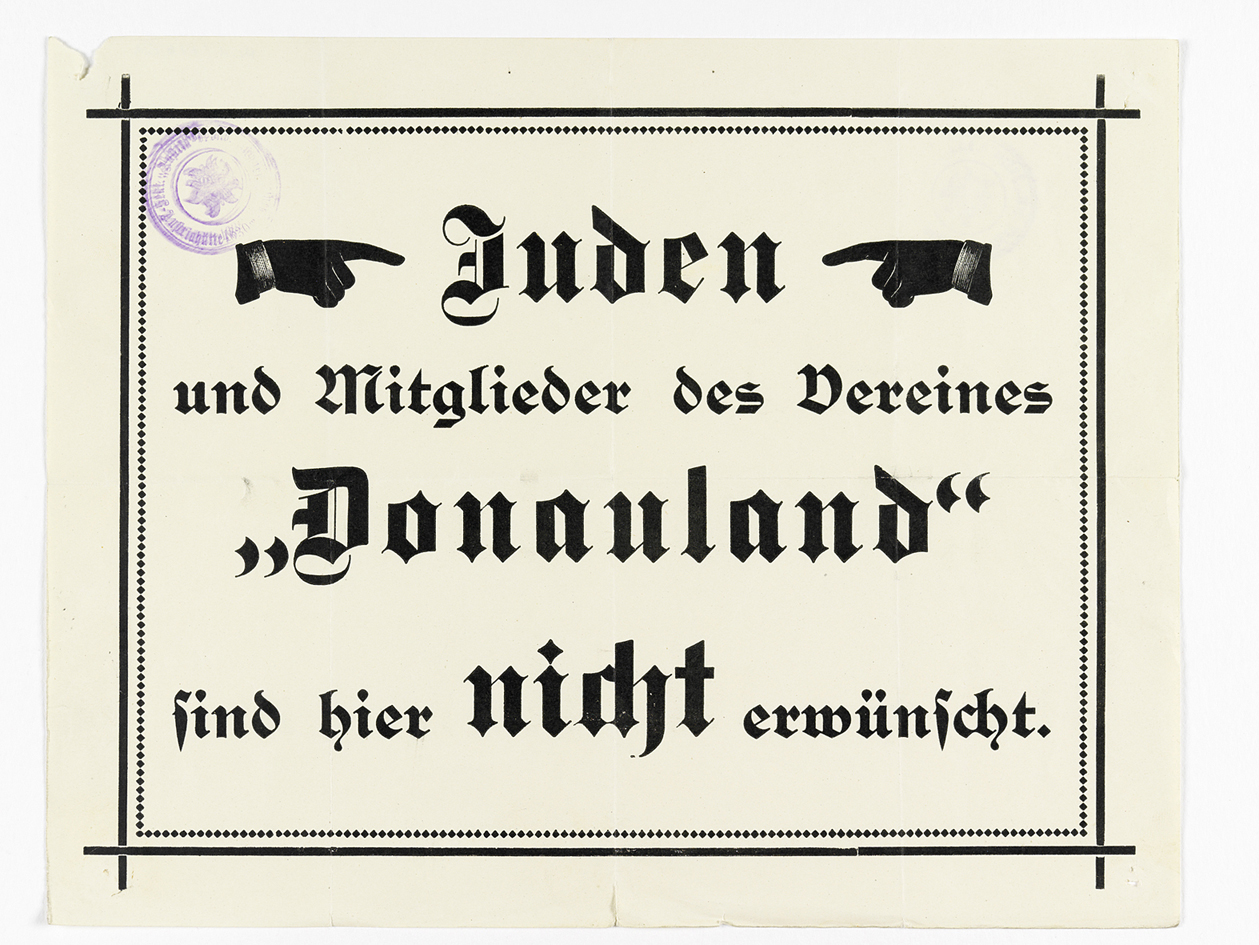|
Bochumer Hut
The Bochumer Hut (german: Bochumer Hütte, ), also called Kelchalm or Kelchalpe, is an Alpine club hut in the Kitzbühel Alps in the Austrian state of Tyrol. It is owned by the Bochum Section of the German Alpine Club. Today the hut is a popular destination for hikers and also has overnight accommodation. History The hut was built in 1832 as accommodation for miners in the copper mining industry. Following the closure of the mine in 1926 the house was rented to the Kitzbühel Alpine Club section and opened in 1928 as a proper Alpine club hut. In 1939 the hut was purchased by the German Alpine Club section in Magdeburg. After the Second World War the Magdeburg Section was dispossessed and the Kitzbühel Section took over the management of the hut. On 30 March 1964 the Bochum Section took over the Alpine club hut and the Kelchalm was given the name ''Bochumer Hütte''. Prehistoric discovery At the end of the 19th century traces of a Bronze Age copper mine were found by the pre ... [...More Info...] [...Related Items...] OR: [Wikipedia] [Google] [Baidu] |
Section (Alpine Club)
The section (german: Sektion) of an Alpine club (or that of any such Alpine society or association) is an independent club or society that, together with the other sections, forms the main organisation ("Alpine club"). Membership of an Alpine club is normally only possible through membership of a section. The task of an Alpine club section is the maintenance of tradition and culture, the Alpine training of its members, the planning and implementation of mountain tours and expeditions, and also the maintenance of huts and trails in the mountains. Many sections own Alpine club huts. After the initial task of the Alpine clubs - i.e. the development of the Alps for tourism and Alpinism, was considered as largely completed in Central Europe today, the work of the sections moved increasingly into the service sector, including the organization of Alpine courses and tours as well as sponsoring climbing gyms. *The German Alpine Club consists of 354 legally independent sections with a total ... [...More Info...] [...Related Items...] OR: [Wikipedia] [Google] [Baidu] |
Geißstein
The Geißstein, sometimes also called the Gaisstein, is a mountain in the Kitzbühel Alps with a height of that straddles the border between the federal Austrian states of Tyrol and Salzburg The Geißstein lies about seven kilometres southeast of Jochberg. To the east of it is the ''Vogelalmgraben'', a right-hand side valley of the Glemmtal. To the southeast is the ''Mühltal'', a left-hand valley of the Upper Pinzgau (''Oberpinzgau''). This is the site of the 1,699 m high Bürgl Hut, one of the most important bases for climbing the mountain. A signposted trail runs from the hut along the southern arête to the summit. Alternatively the Geißstein can be approached from the 2,035 m high Sintersbach wind-gap (''Sintersbachscharte'') to the southwest over the relatively gently sloping, grassy southwest side of the mountain. Another signed trail runs through the much steeper southeastern flank which is accessible from the Vogelalmgraben or from the 2,048 m high ''Sch ... [...More Info...] [...Related Items...] OR: [Wikipedia] [Google] [Baidu] |
Kitzbühel
Kitzbühel (, also: ; ) is a medieval town situated in the Kitzbühel Alps along the river Kitzbüheler Ache in Tyrol, Austria, about east of the state capital Innsbruck and is the administrative centre of the Kitzbühel district (). Kitzbühel is one of the most famous and exclusive ski resorts in the world. It is frequented primarily by the international high society and has the most expensive real estate in Austria. The proximity to Munich has made it a preferred location for vacation homes among the German elite. Geography Kitzbühel is situated in the Kitzbühel Alps between Zell am See and Innsbruck. It lies in the Leukental valley on the Kitzbüheler Ache river. The town is subdivided into the municipalities of Am Horn, Aschbachbichl, Badhaussiedlung, Bichlach, Ecking, Felseneck, Griesenau, Griesenauweg, Gundhabing, Hagstein, Hausstatt, Henntal, Jodlfeld, Kaps, Mühlau, Obernau, Schattberg, Seereith, Siedlung Frieden, Am Sonnberg, Sonnenhoffeld, Staudach, Stockerdör ... [...More Info...] [...Related Items...] OR: [Wikipedia] [Google] [Baidu] |
Bronze Age
The Bronze Age is a historic period, lasting approximately from 3300 BC to 1200 BC, characterized by the use of bronze, the presence of writing in some areas, and other early features of urban civilization. The Bronze Age is the second principal period of the three-age system proposed in 1836 by Christian Jürgensen Thomsen for classifying and studying ancient societies and history. An ancient civilization is deemed to be part of the Bronze Age because it either produced bronze by smelting its own copper and alloying it with tin, arsenic, or other metals, or traded other items for bronze from production areas elsewhere. Bronze is harder and more durable than the other metals available at the time, allowing Bronze Age civilizations to gain a technological advantage. While terrestrial iron is naturally abundant, the higher temperature required for smelting, , in addition to the greater difficulty of working with the metal, placed it out of reach of common use until the end o ... [...More Info...] [...Related Items...] OR: [Wikipedia] [Google] [Baidu] |
Magdeburg
Magdeburg (; nds, label=Low Saxon, Meideborg ) is the capital and second-largest city of the German state Saxony-Anhalt. The city is situated at the Elbe river. Otto I, the first Holy Roman Emperor and founder of the Archdiocese of Magdeburg, was buried in the city's cathedral after his death. Magdeburg's version of German town law, known as Magdeburg rights, spread throughout Central and Eastern Europe. In the Late Middle Ages, Magdeburg was one of the largest and most prosperous German cities and a notable member of the Hanseatic League. One of the most notable people from the city is Otto von Guericke, famous for his experiments with the Magdeburg hemispheres. Magdeburg has been destroyed twice in its history. The Catholic League sacked Magdeburg in 1631, resulting in the death of 25,000 non-combatants, the largest loss of the Thirty Years' War. During the World War II the Allies bombed the city in 1945 and destroying much of it. After World War II the city belonged t ... [...More Info...] [...Related Items...] OR: [Wikipedia] [Google] [Baidu] |
Tirol (Bundesland)
Tyrol (; german: Tirol ; it, Tirolo) is a state (''Land'') in western Austria. It comprises the Austrian part of the historical County of Tyrol, Princely County of Tyrol. It is a constituent part of the present-day Euroregion Tyrol–South Tyrol–Trentino (together with South Tyrol and Trentino in Italy). The capital of Tyrol is Innsbruck. Geography The state of Tyrol is separated into two parts, divided by a strip. The larger territory is called North Tyrol (''Nordtirol'') and the smaller area is called East Tyrol (''Osttirol''). The neighbouring Austrian state of Salzburg (state), Salzburg stands to the east, while on the south Tyrol has a border with the Italy, Italian province of South Tyrol (Trentino-Alto Adige/Südtirol) which was part of the Austro-Hungarian Empire before the First World War. With a land area of , Tyrol is the third-largest state in Austria. Tyrol shares its borders with the federal state of Salzburg in the east and Vorarlberg in the west. In the nort ... [...More Info...] [...Related Items...] OR: [Wikipedia] [Google] [Baidu] |
Kitzbühel Alps
The Kitzbühel Alps (german: Kitzbüheler Alpen or ''Kitzbühler Alpen'') are a mountain range of the Central Eastern Alps surrounding the town of Kitzbühel in Tyrol, Austria. Geologically they are part of the western slate zone (greywacke zone). Location Two-thirds of the Kitzbühel Alps lie within the Austrian province of Tyrol, the remaining third is in Salzburg province. They are about long from east to west and 25 to 35 km wide. They extend from the Ziller valley and Tux Alps in the west to the Saalach river and Zell am See on Lake Zell (''Zellersee'') in the east. They are bordered to the south by the Zillertal Alps and the High Tauern mountain range on the other side of the Salzach River, on the north by the Inn River and the Northern Limestone Alps. The boundary of the region runs along the Salzach valley via Zell am See, where the Salzach swings north, to Saalfelden. Its northern boundary runs from east to west from the Saalfelden basin along the valley of the ... [...More Info...] [...Related Items...] OR: [Wikipedia] [Google] [Baidu] |
Alpine Club Hut
Alpine club huts (german: Alpenvereinshütten) or simply club huts (''Clubhütten'') form the majority of the over 1,300 mountain huts in the Alps and are maintained by branches, or sections, of the various Alpine clubs. Although the usual English translation of ''Hütte'' is "hut", most of them are substantial buildings designed to accommodate and feed significant numbers of hikers and climbers and to withstand harsh high alpine conditions for decades. Purpose and facilities They provide hikers and climbers with accommodation and shelter, mainly in the Alpine region. The greater number of these huts are managed, several are only suitable for those able to be self-contained. Although fundamentally all those involved in mountain activities have access to the huts, preferential service is given to members of the Alpine clubs. These include: reduced accommodation rates, mountaineer's meals, hot water for tea, the right to provide one's own food and alcohol-free drink (sometimes for a ... [...More Info...] [...Related Items...] OR: [Wikipedia] [Google] [Baidu] |
Bochum
Bochum ( , also , ; wep, Baukem) is a city in North Rhine-Westphalia. With a population of 364,920 (2016), is the sixth largest city (after Cologne, Düsseldorf, Dortmund, Essen and Duisburg) of the most populous Germany, German federal state of North Rhine-Westphalia and the List of cities in Germany by population, 16th largest city of Germany. On the Ruhr Heights (''Ruhrhöhen'') hill chain, between the rivers Ruhr (river), Ruhr to the south and Emscher to the north (tributaries of the Rhine), it is the second largest city of Westphalia after Dortmund, and the fourth largest city of the Ruhr after Dortmund, Essen and Duisburg. It lies at the centre of the Ruhr, Germany's largest urban area, in the Rhine-Ruhr, Rhine-Ruhr Metropolitan Region, and belongs to the Arnsberg (region), region of Arnsberg. Bochum is the sixth largest and one of the southernmost cities in the Low German dialect area. There are nine institutions of higher education in the city, most notably the Ruhr Unive ... [...More Info...] [...Related Items...] OR: [Wikipedia] [Google] [Baidu] |
German Alpine Club
The German Alpine Club (german: links=no, Deutscher Alpenverein, DAV for short) is the world's largest climbing association and the eighth-largest sporting association in Germany. It is a member of the German Olympic Sports Confederation and the competent body for sport and competition climbing, hiking, mountaineering, hill walking, ice climbing, mountain expeditions, as well as ski mountaineering. It is an association made up of local branches known as 'sections'. History The German Alpine Club was founded as on 9 May 1869 in Munich by 36 former members of the Austrian Alpine Club around the Ötztal curate Franz Senn. It was founded in order to promote the development of tourism in the Eastern Alps through the building of mountain huts, and establishment of hiking trails, and via ferratas. The association had a large membership from the beginning, attracting 1,070 members in the first ten months. The German and the Austrian societies merged in 1873 to form the German and A ... [...More Info...] [...Related Items...] OR: [Wikipedia] [Google] [Baidu] |




